Without a doubt, laser technology has had a significant impact in the field of aesthetic medicine. The ability to target specific areas of the skin has made a variety of lasers indispensable in my practice. Over the last few years, there has been an increase in the number of cleverly named devices marketed directly to consumers. These lasers are promoted as miracles only dreamed of in science fiction, with phrases like “erase the wrinkles” and “no more turkey neck.”
It’s critical to understand some of the science behind how lasers interact with your skin, and why concerns about unintended consequences of laser treatments are constantly raised. Such unintended consequences are the frequent reporting by people who have had skin lifting or tightening treatment with lasers or comparable technology are the skin becoming thinner, and facial fat loss described as hollowing.
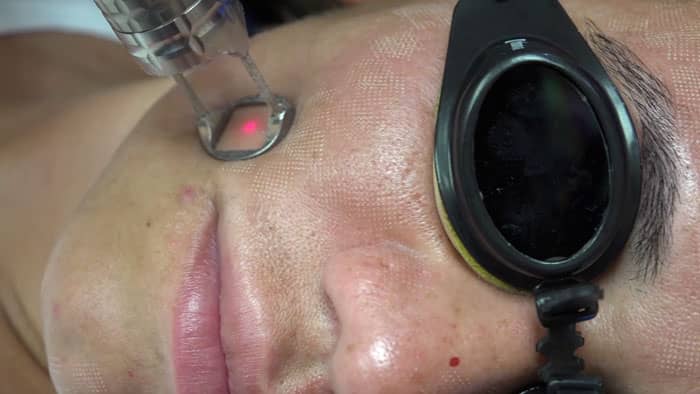
I’ll talk about how I approach the issues that drive people to seek out these non-surgical heating devices, as well as how I help patients who come to my practice with unwanted skin changes after laser and thermal energy treatment. I routinely perform both surgical and non-surgical facial aging procedures. I perform eyelid surgery, facelifts, and facial implant surgery on a regular basis. Every day, I also perform non-surgical procedures such as hyaluronic acid filler placement, Botox, lasers, and radiofrequency treatment, as well as regenerative medical procedures involving PRP and acellular matrix for skin quality improvement and hair loss treatment.
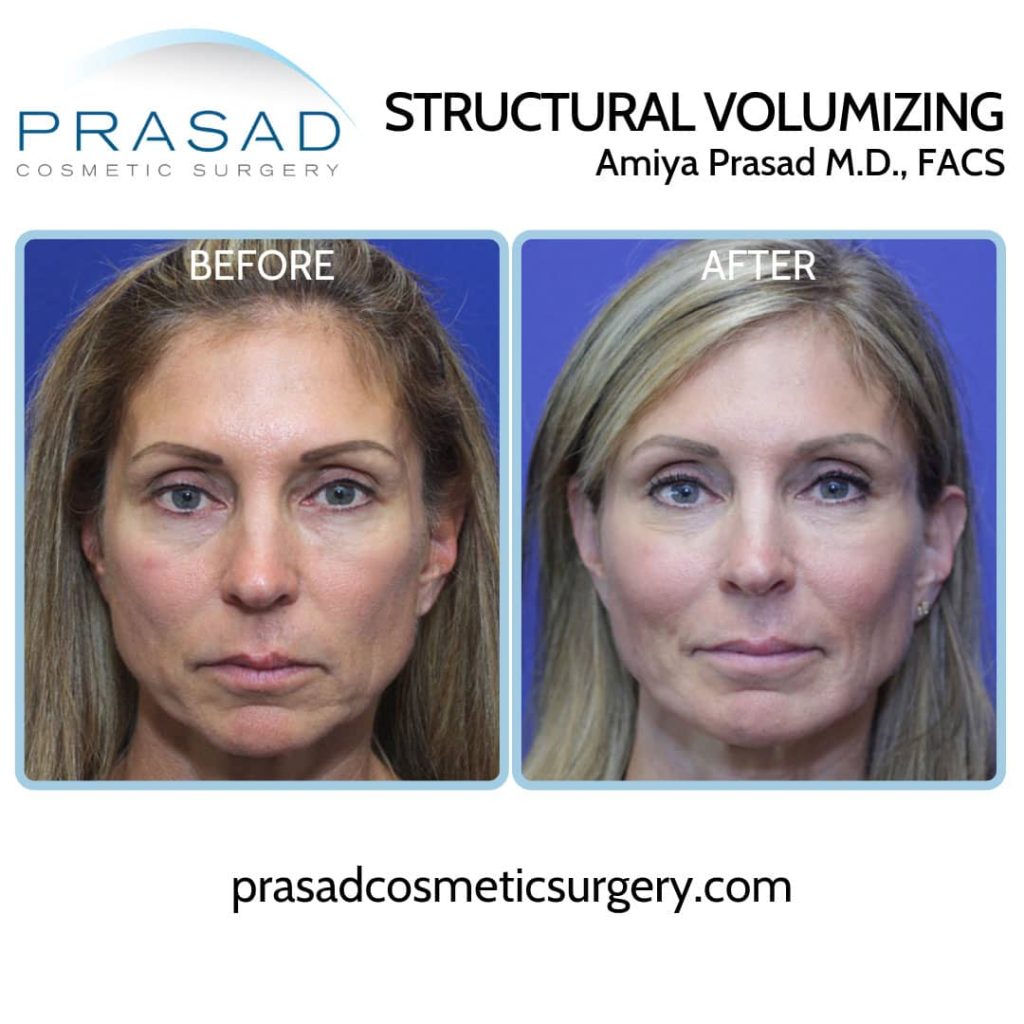
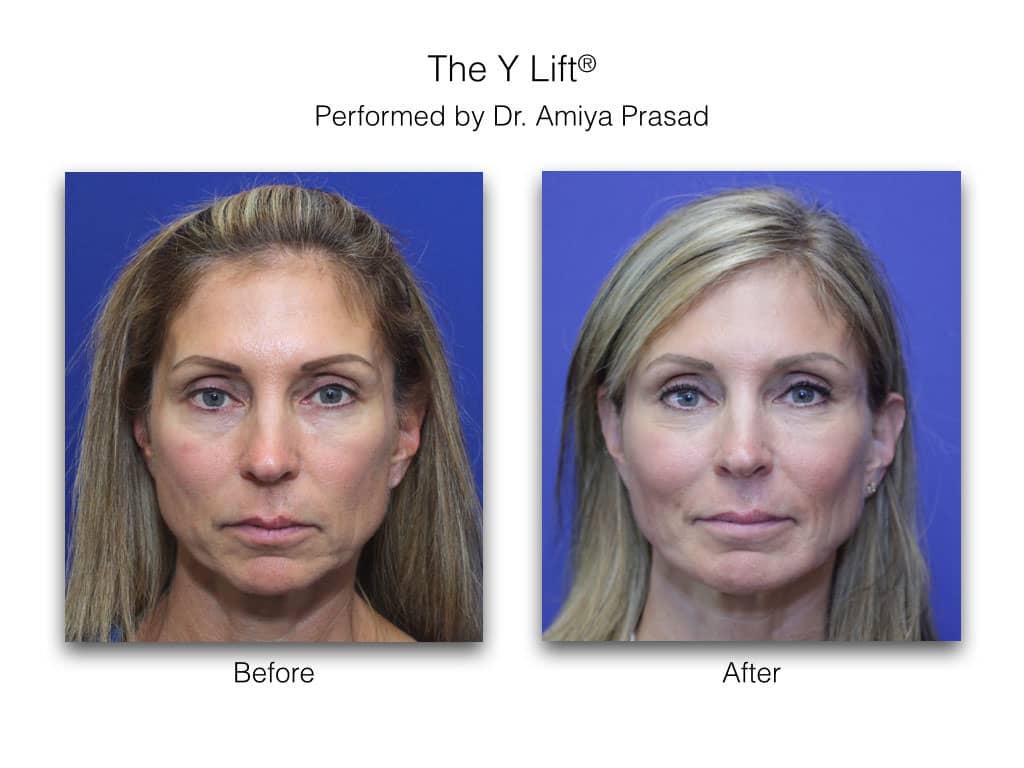
Before I discuss my therapeutic strategy for patients who have depleted collagen and facial volume following laser or thermal energy treatment, I think it’s important to examine some assumptions about what happens to your appearance as you age, particularly in your 40s and 50s.
The first assumption is that your skin is too loose and needs to be tightened. This assumption, I’ve discovered, is the most powerful motivator for the marketing of creams, lasers, and other thermal energy devices. Although there is some skin laxity due to age-related changes, bone volume loss is the more significant cause of the perception of skin laxity. When you consider that bone volume loss is responsible for skin support, it makes perfect sense that skin appears loose with bone volume depletion.
The second assumption is that new devices are more effective than existing technologies at treating skin conditions – this is not correct. Lasers and other technologies are examples of tools used by highly experienced, specialty-trained physicians who are best suited to devise a treatment plan for you. There is no device that can replace the experience and expertise of a highly trained doctor. Much of the industry is focused on communicating device messaging to consumers, which is reinforced by paid medical consultant endorsements. They do not allow enough time for a more organic experience from doctors who are not biased in sharing their firsthand knowledge. The focus of marketing is on the device, not the professional. These companies have been very successful in selling or leasing devices, and associated disposables, to a variety of practitioners by creating demand through device name recognition. These practitioners are more concerned with transactions than with long-term management or the consequences of their treatment.
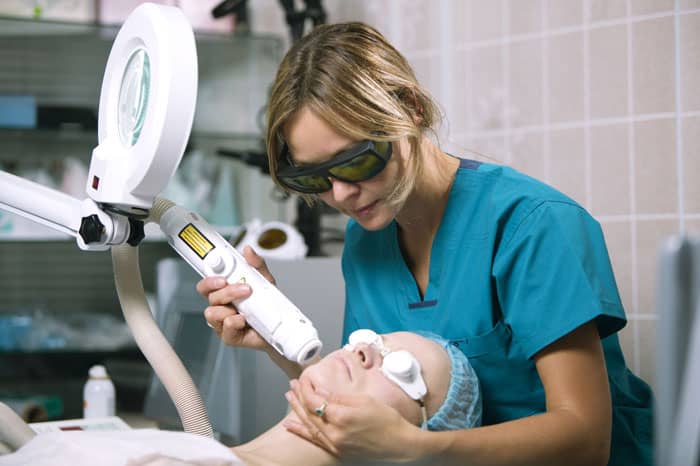
The third assumption is that the practitioner using the laser or thermal energy device is as qualified to perform a procedure as a specialty-trained doctor. Although touch screens are often used on more modern laser devices to reduce the risk of incorrect settings being used, the devices are not a substitute for a proper history and physical examination by a physician. Lasers and thermal energy devices require no licensing in New York State, as well as other regions.
The fourth assumption is that the skin can produce an infinite amount of collagen, and that collagen stimulation can only occur through aggressive heat delivery to the skin, so new collagen produced will lift and rejuvenate the skin. Let’s see what happens as a result of these assumptions.
Customers seek out a practitioner for the most recent laser or non-surgical lifting device. The procedure is carried out by the practitioner who pays a monthly lease for this device. The qualifications of this practitioner are assumed because they are dressed in medical attire, similar to that of a doctor. The patient notices skin thinning, and believes they look worse after the procedure as the weeks and months pass. The practitioner then offers a different device treatment or performs a more aggressive treatment, often applying a higher temperature for a longer period. Now the skin looks even worse and the patient is distressed about their appearance.
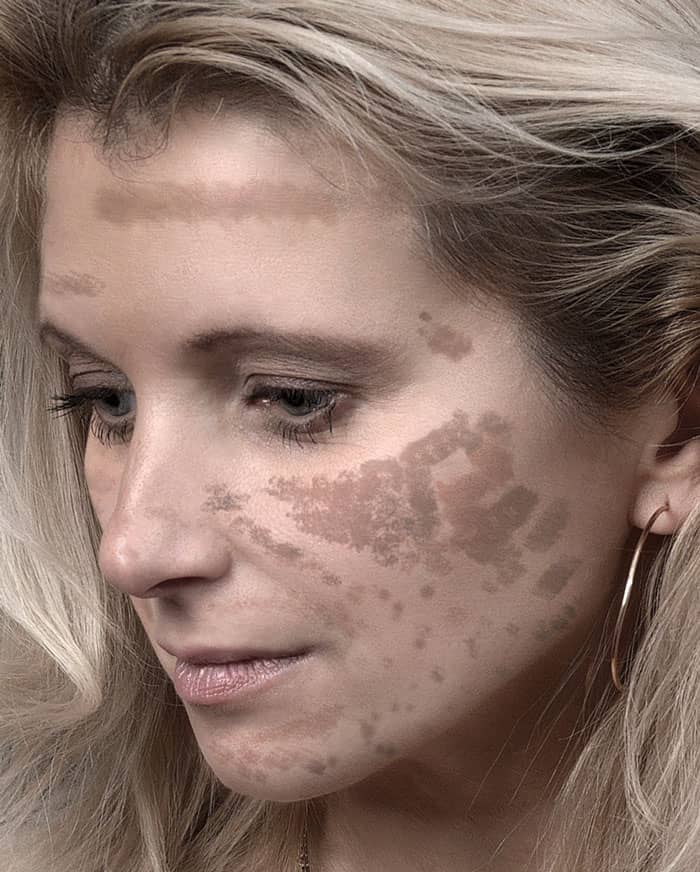
When a patient in this situation visits me, I evaluate their appearance in the same methodical manner that I do with any other facial aging examination. This includes assessing the bone structure, then the soft tissue and fatty tissue layer beneath the skin, and finally the skin itself. I frequently notice significant deficiencies in the patient’s bone structure, which is consistent with facial aging. This means that the decision to pursue skin heating did not address the most significant cause of skin laxity from the start. I use the principles derived from facial implant surgery to place long-lasting hyaluronic acid fillers such as Juvederm Ultra Plus, and Juvederm Voluma at the bone level to address volume deficiency caused by bone loss.
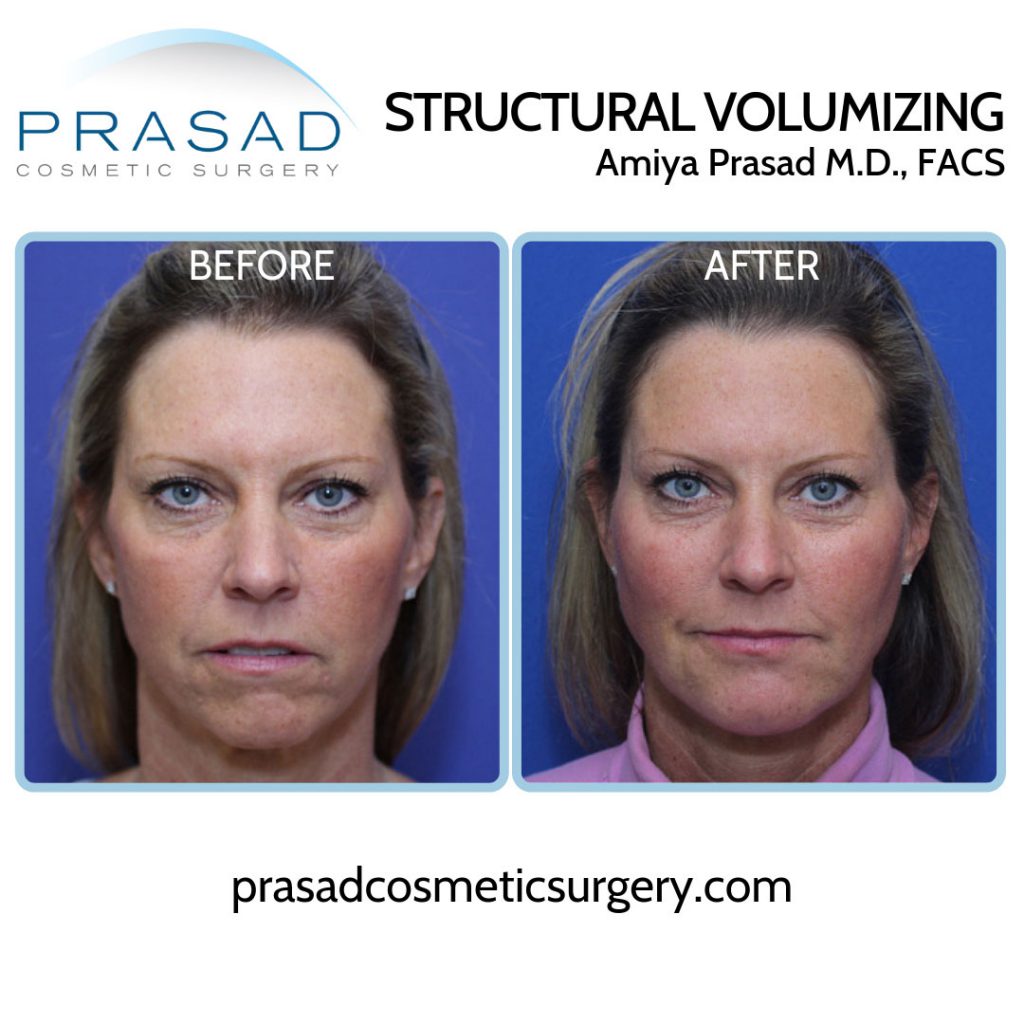
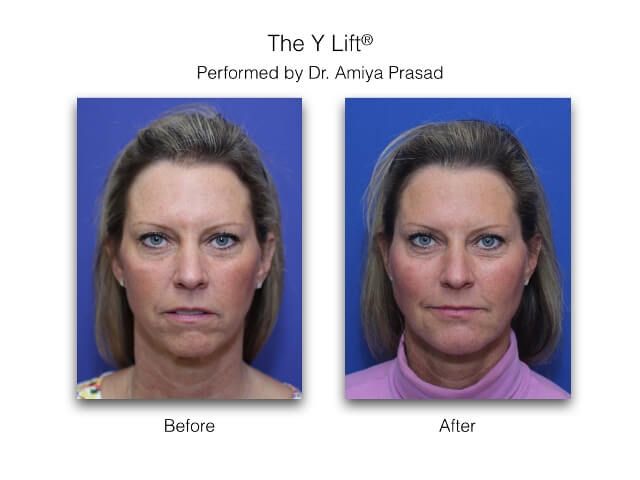
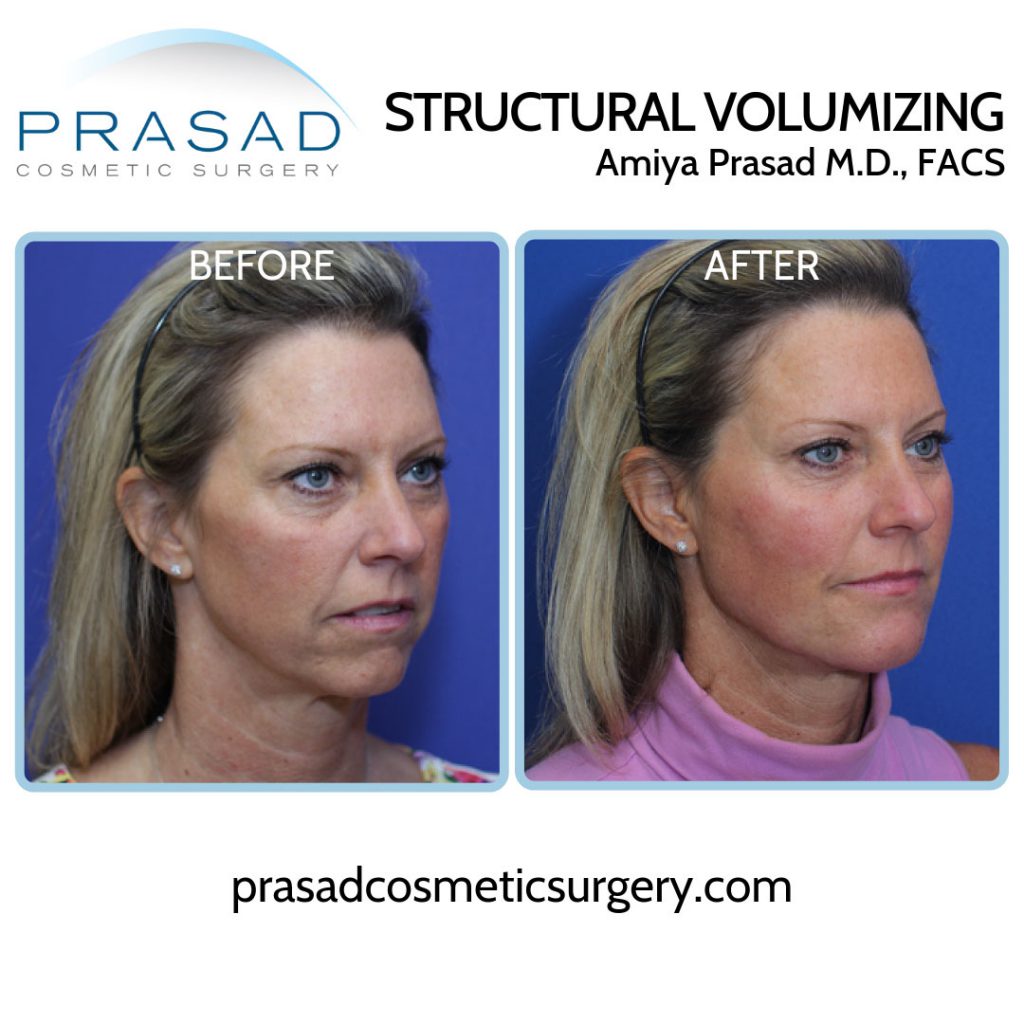
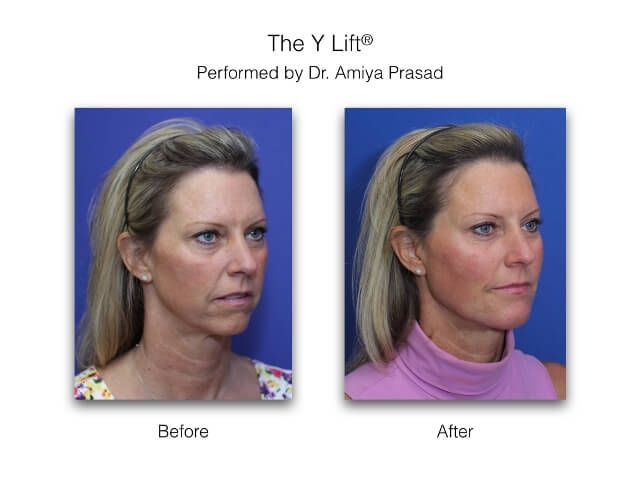
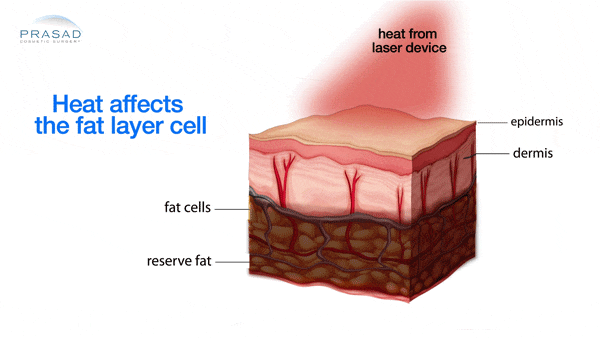
I help my patients who come to me with this condition using regenerative techniques such as the use of PRP or platelet-rich plasma. PRP is a concentration of the wound healing cells, and the growth factors in the plasma, which are needed when you have an injury like a cut. This treatment has a beneficial effect on the surviving fat cells and can be performed over several sessions. I also use a material called the acellular or extracellular matrix, which recruits your body’s stem cells for healing.
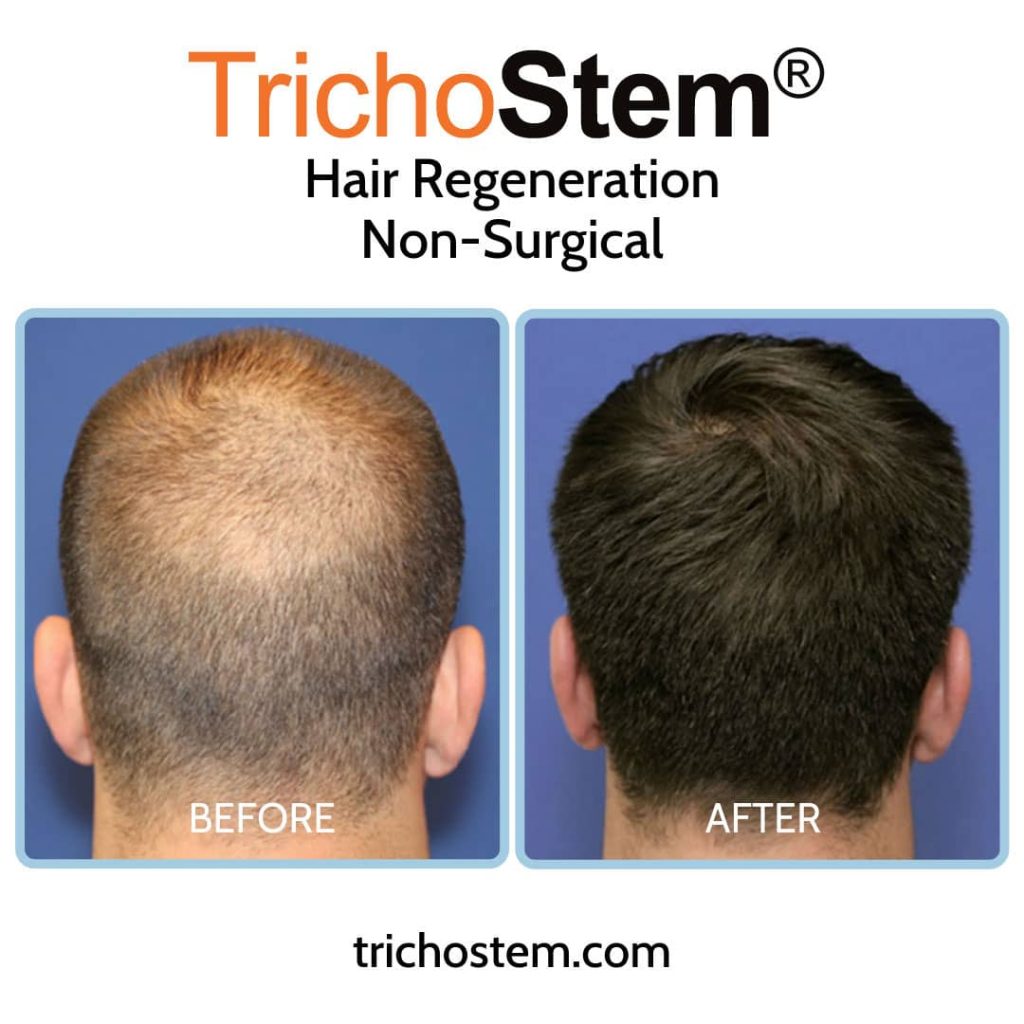
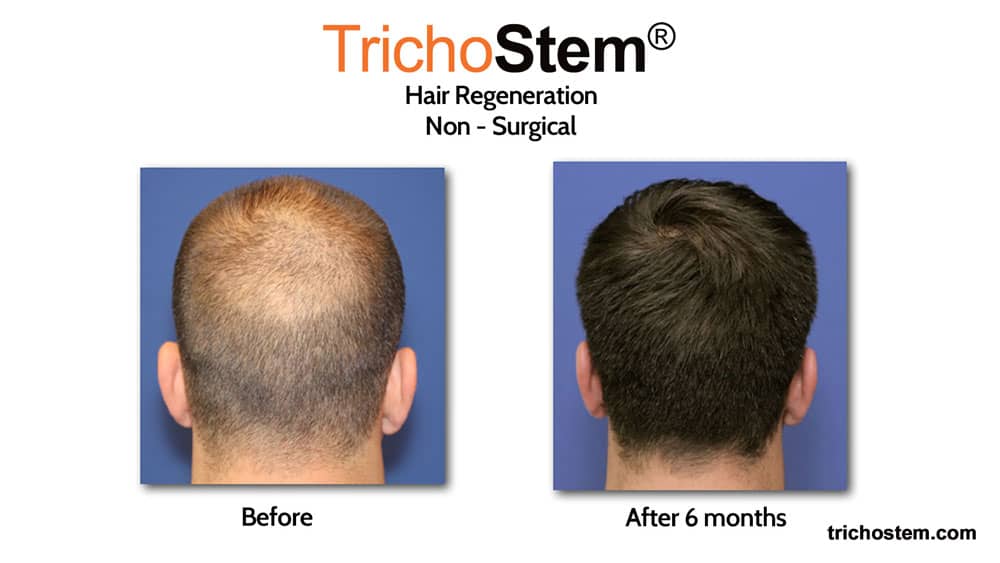
I’ve used this material in conjunction with PRP since 2011 for a non-surgical hair loss treatment system I developed called TrichoStem Hair Regeneration. Patients come from around the world for this treatment. Hair is a skin appendage. I’ve observed that the quality of hair appears to improve when the quality of the skin is improved using this technology. The objective is to maximally improve the viable remaining fatty tissue to help the skin become healthier, and more vibrant.
This now brings us to the skin composed of the dermis, and the epidermis, with the dermis as the foundation for the epidermis. It’s well established that there is loss of the dermis related to aging and environmental exposures such as excess sun exposure, or UV light. It’s also well-established that controlled injury can induce a repair response that can improve the integrity of the dermis.
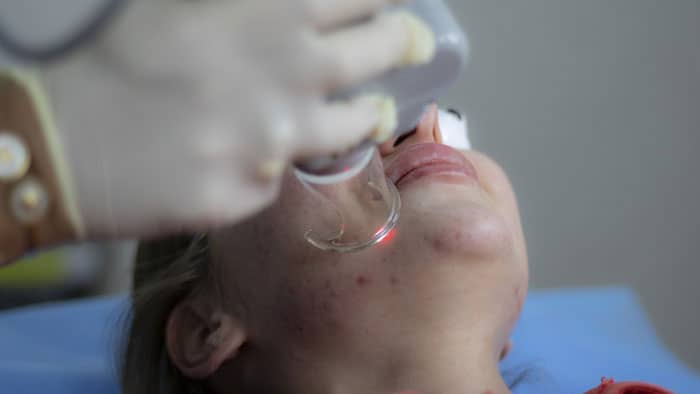
The problem occurs when the dermis is injured beyond its capacity to generate enough collagen, which results in the weakening of the dermis from collagen loss, which is particularly difficult to manage. I’ve been told by patients who experienced thermal energy-induced collagen loss that they were subsequently recommended to undergo additional injury-based procedures with the expectation that collagen production will occur. I disagree with this strategy.
Collagen is a protein and can be thought of as support cables, and the cells that make collagen are called fibroblasts. After such a significant injury to the dermis, how can a practitioner be so sure that there are adequate fibroblasts with the capacity to produce the amount of collagen needed? In my opinion, the skin requires rehabilitation before being subjected to another injury. It’s similar to having a muscle injury and then receiving rehabilitation before being challenged with weight training.
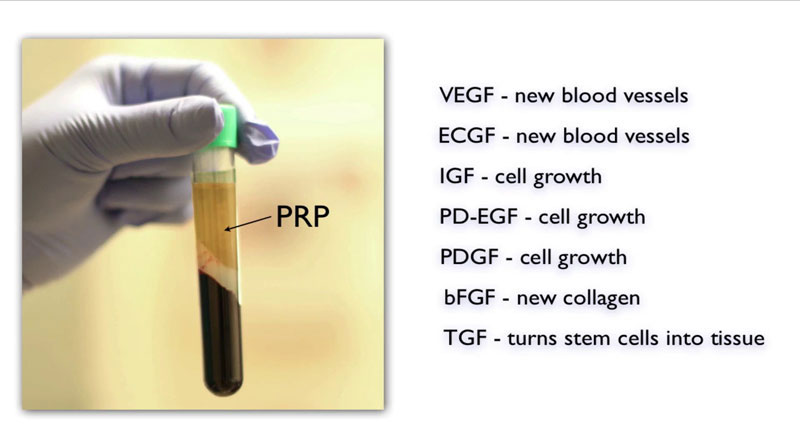
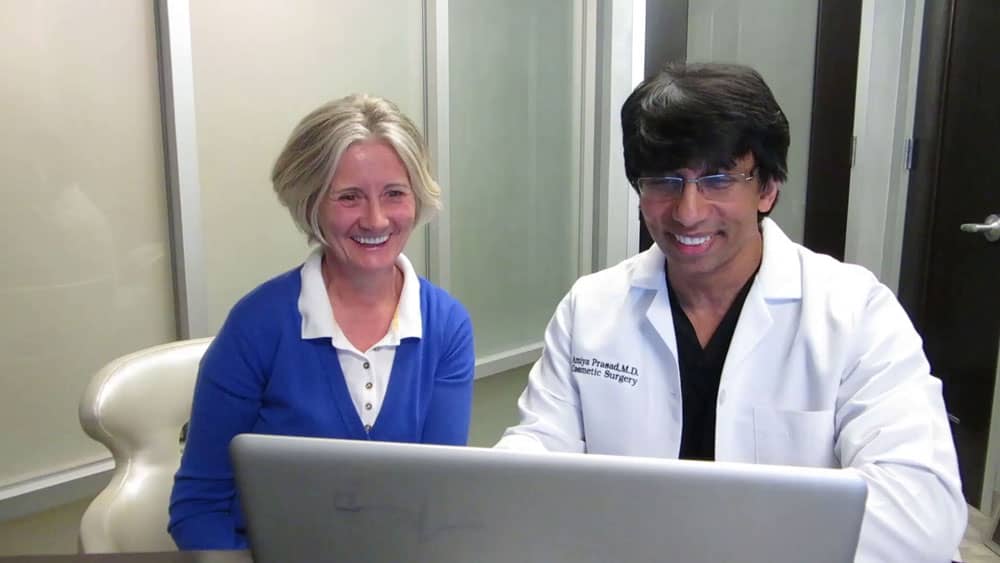
In my practice, I spend a significant amount of time educating my patients about the risks and benefits of aesthetic medical products and procedures that are marketed to them. Many people are being harmed by businesses that are only interested in making short-term high profits. Marketers do not want you to consult with a physician who can put things in context for you. They’d rather entice you, and point you in the direction of practitioners who use their products. A pound of cure is worth more than an ounce of prevention.
As I previously stated, it is important to reconsider your assumptions about facial aging and the state of the aesthetic industry to avoid making the wrong decision. Companies and unethical practitioners are attempting to commoditize aesthetic procedures, and drown out the voices of honest and ethical physicians. The practitioner is much more important for your appearance than any product or device.
